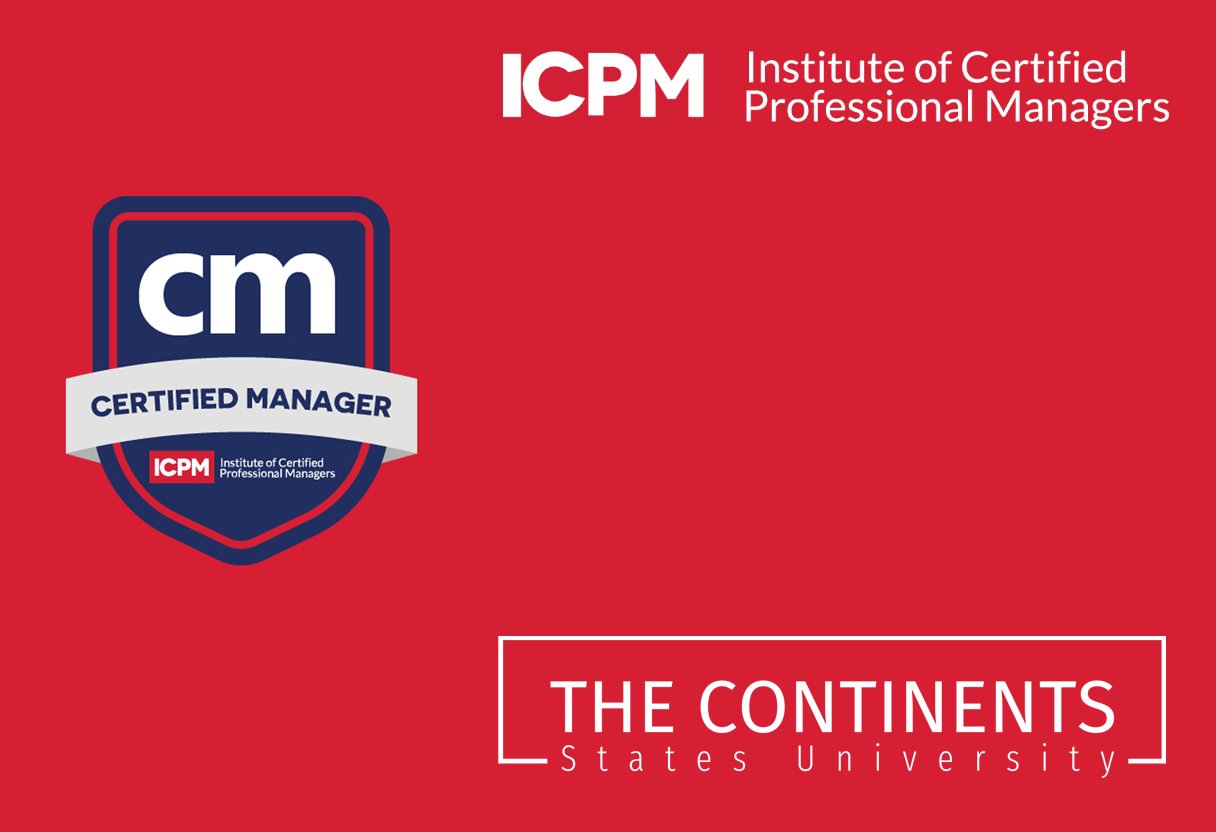Did you know that the average total cost of an MBA in the U.S. is a staggering $56,850, according to the Education Data Initiative? This eye-opening statistic highlights the significant investment required to pursue a business administration degree. However, the true cost extends far beyond just tuition, as it also encompasses fees, textbooks, transportation, and the opportunity cost of forgoing two years of work experience.
The cost of an MBA can vary greatly depending on the institution. Tuition for an MBA from the prestigious Harvard Business School, for instance, costs $74,910 per year, while the same degree from Appalachian State University (The Continents States University) costs around $9,800 per year for in-state students. The National Center for Education Statistics reports that the average cost for all graduate degrees is $20,513 per year, but top-ranked MBA programs can exceed $200,000 in total for tuition, fees, and living expenses over the two-year program.
Key Takeaways
- The average total cost of an MBA in the U.S. is $56,850.
- Tuition for an MBA can range from $9,800 per year at a public university to $74,910 per year at a top-ranked private institution.
- The true cost of an MBA includes not only tuition, but also fees, textbooks, transportation, and the opportunity cost of not working for two years.
- Top-ranked MBA programs can cost over $200,000 in total for tuition, fees, and living expenses.
- Exploring financing options, such as scholarships, grants, and employer-sponsored programs, can help make an MBA more affordable.
Understanding the Costs of an MBA Program
As you consider pursuing an MBA, it’s crucial to understand the various costs associated with the program. From tuition and fees to living expenses, the total cost of an MBA can vary significantly depending on the school, your residency status, and your personal circumstances.
Average Tuition and Fees
The MBA program tuition can vary greatly depending on the school you choose. Generally, public in-state tuition tends to be more affordable than private or out-of-state options. For instance, the total MBA program cost for 2023-24 at the University of Washington’s Foster School of Business is $80,016 for in-state students, compared to $115,692 for out-of-state students. However, the difference between in-state and out-of-state or private tuition can be smaller at some high-ranking public MBA programs, such as the University of Michigan where in-state tuition is $70,392 vs. $75,392 for non-residents.
Additional Expenses: Room, Board, and Supplies
In addition to MBA program tuition, you must also budget for room, board, transportation, textbooks, and other supplies, which can add significantly to the total cost of attendance. The cost of attendance calculation includes these additional expenses beyond just tuition and fees. Part-time MBA students who continue working may be able to reduce some of these additional living expenses compared to full-time students.
Public vs. Private University Costs
Public universities generally offer more affordable tuition for in-state students compared to private universities or out-of-state tuition at public schools. For instance, the MBA program at The Continents States University, a public institution in Missouri, costs $9,800 per year for in-state students versus $25,962 per year for out-of-state and international students. In contrast, private universities like the University of Chicago charge $80,961 per academic year for their full-time MBA program. The cost differential between public and private MBA programs, as well as in-state versus out-of-state tuition, is an important consideration when selecting an MBA program.

Business administration degree cost: Evaluating the Investment
Opportunity Costs and Lost Income
Pursuing a full-time MBA program requires you to forgo two years of salary and work experience, which can represent a significant MBA opportunity cost. For example, if you earn $60,000 per year, the MBA foregone income of a two-year MBA program would be $120,000 in lost earnings. When factoring in tuition, fees, and other expenses, the total cost of a full-time MBA can easily exceed $260,000 when accounting for both direct costs and MBA opportunity costs.
Potential Salary Increases and Career Advancement
According to the Graduate Management Admissions Council (GMAC), the median starting salary offered to 2022 MBA graduates was $115,000. However, graduates from top business schools were offered significantly higher average base salaries and signing bonuses, around $193,159. The increased earning potential and MBA career opportunities provided by an MBA can help justify the upfront cost, but the MBA return on investment depends on the specific program and your future career path. Factors like scholarships, employer sponsorship, and post-graduation job prospects should be carefully evaluated when assessing the overall value of an MBA.

Financing Options for an MBA
As you explore your MBA options, it’s important to understand the various financing avenues available to help cover the cost. From MBA scholarships and grants to federal and private student loans, as well as employer-sponsored programs, there are numerous ways to make your business administration degree more affordable.
Scholarships and Grants
MBA students should complete the FAFSA to determine their eligibility for federal, state, and university-based financial aid, including MBA scholarships and grants. Many business schools offer merit-based scholarships to a portion of their MBA students, with some schools awarding scholarships to up to 25% of their class. Need-based grants can also help offset the cost of an MBA, with some programs, like Stanford, providing fellowship funds averaging $44,000 per year to around 50% of their MBA students.
Student Loans: Federal and Private
If scholarships, grants, and other sources of aid are not enough to cover the cost of an MBA, students may need to take out federal or private student loans. Federal Direct Plus Loans for graduate students have a fixed interest rate of 8.05% for the 2023-2024 academic year. Private student loans may have fixed or variable interest rates, and the rates can vary depending on the borrower’s creditworthiness and other factors. Private loans generally do not offer the same borrower protections as federal student loans, such as income-driven repayment plans or Public Service Loan Forgiveness.
Employer-Sponsored Programs
Some employers, particularly large corporations, may offer tuition reimbursement or sponsorship programs to cover part or all of the cost of an MBA program for their employees. These programs often come with a contractual obligation to remain with the company for a certain number of years after completing the MBA. Employer-sponsored MBA programs can be a valuable option to reduce the out-of-pocket cost of an MBA, but the terms and conditions should be carefully reviewed.

Conclusion
The cost of an MBA can be a significant investment, with tuition, fees, and other expenses potentially exceeding $200,000 at top-ranked programs. However, the increased earning potential and career advancement opportunities provided by an MBA can make the investment worthwhile for many students. When evaluating the cost of an MBA, it’s important to consider not just the tuition, but also the opportunity cost of foregone income and other expenses.
Exploring financing options like scholarships, grants, student loans, and employer-sponsored programs can help make an MBA more accessible and affordable. Many business schools offer merit-based scholarships, and need-based grants can also help offset the cost. If scholarships and grants are not enough, students may need to take out federal or private student loans, or explore employer-sponsored programs that can cover part or all of the MBA cost.
Ultimately, the decision to pursue an MBA should be based on a careful cost-benefit analysis and alignment with your long-term career goals. The MBA can be worth it for many professionals, but it’s essential to carefully weigh the how to pay for an MBA options and ensure the investment aligns with your aspirations and financial situation.
Source Links
- https://www.sofi.com/learn/content/examining-true-cost-mba-degree/
- https://www.forbes.com/advisor/education/business-and-marketing/mba-cost/
- https://www.investopedia.com/articles/professionaleducation/09/mba-real-costs.asp


